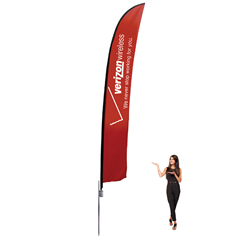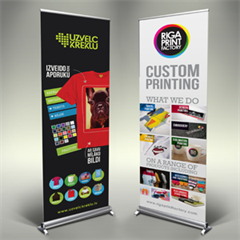Choosing the right fonts for your brochure is crucial for conveying your brand’s identity, tone, and message effectively. Fonts play a significant role in shaping how your audience perceives your brand. Here’s how to select fonts that convey your brand personality:
- Understand Your Brand: Begin by identifying your brand’s personality and values. Is your brand modern, traditional, playful, sophisticated, or adventurous? This will guide your font choices.
- Pair Fonts Purposefully: Choose font combinations that complement each other. Use a primary font for headings and a secondary font for body text to maintain readability.
- Serif vs. Sans Serif: Serif fonts (with small lines at the end of characters) tend to convey tradition and professionalism, while sans serif fonts (without those lines) often suggest modernity and simplicity.
- Consistency Across Platforms: Ensure that the fonts you choose are consistent across all your branding materials, from brochures to websites and social media.
- Legibility is Key: Prioritize legibility over novelty. If your audience can’t read your content easily, they’ll lose interest quickly.
- Hierarchy and Contrast: Use font weights, sizes, and styles to create a visual hierarchy. Make headings larger and bolder than body text to guide the reader’s eye.
- Reflect Industry: Consider fonts commonly associated with your industry. For example, elegant and classic fonts might suit a high-end fashion brand, while a tech company might opt for a sleek, modern look.
- Personality Expression: Fonts have personalities too. Script fonts can be whimsical, while geometric fonts can feel contemporary. Choose fonts that resonate with your brand’s character.
- Avoid Overcomplication: Stick to two or three fonts at most. Too many fonts can create visual chaos and undermine your brand’s consistency.
- Test and Evaluate: Before finalizing your font choices, test them across different devices and sizes. Ensure they maintain readability and convey your intended message.
- Web and Print Compatibility: If your brochure will be both digital and printed, choose fonts that work well in both mediums. Some fonts might not translate well from screen to print.
- Custom Fonts: Consider using custom fonts to create a unique and recognizable brand identity. However, ensure that the custom font remains legible in various contexts.
Examples of Font Choices for Different Brand Personalities:
- Sophisticated and Professional:
- Primary: Serif fonts like Times New Roman, Georgia.
- Secondary: Sans serif fonts like Arial, Helvetica.
- Modern and Minimalistic:
- Primary: Sans serif fonts like Roboto, Futura.
- Secondary: Thin, sleek fonts like Lato Light.
- Friendly and Playful:
- Primary: Handwritten or script fonts like Comic Sans, Pacifico.
- Secondary: Rounded sans serif fonts like Raleway, Quicksand.
- Luxurious and Elegant:
- Primary: Serif fonts with high contrast like Didot, Bodoni.
- Secondary: Cursive or ornate fonts like Great Vibes, Playfair Display.
- Innovative and Tech-oriented:
- Primary: Geometric sans serif fonts like Montserrat, Open Sans.
- Secondary: Futuristic fonts like Orbitron, Teko.
Remember, your font choices should align with your overall branding strategy and create a consistent and coherent visual identity across all your materials, including brochures.


























